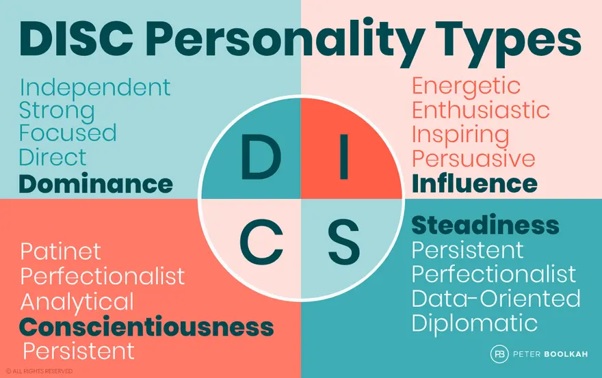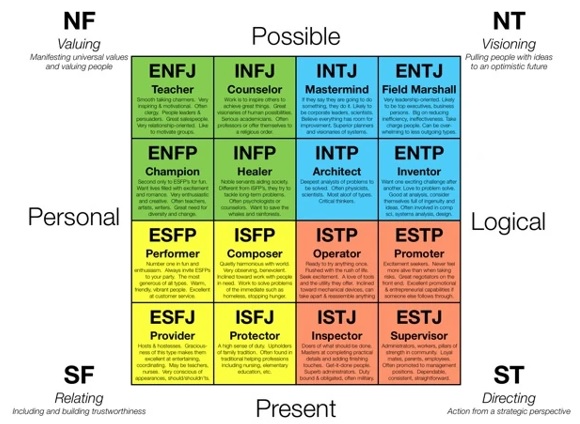8 Leadership Assessment Tools To Uncover Hidden Strengths And Drive Success
26th May 2025

As a school leader, it’s essential to continually improve and build on your leadership skills.
Do you know that, in your improvement journey, leadership assessment tools can help you identify your hidden strengths and areas in your career where you can grow? Those education leaders who have pursued courses like education leadership and management, knows how these tools offer valuable insights into how you can better guide your team and foster a positive and productive learning environment.
By using the right tools, you can uncover your leadership potential and take your school’s growth to new heights.
In this blog, we will explore 8 effective leadership assessment tools that can help you become a more effective leader and strengthen your school’s leadership dynamics.
Why Leadership Assessment Tools Matter?
Leadership assessment tools are one of the essential tools that help every school leader to identify their strengths and areas of improvement that they can improve. These tools offer objective feedback, providing a clear picture of leadership capabilities and areas needing development.
By using these tools, school leaders can create tailored growth strategies, ensuring continuous improvement and alignment with their school's goals. Whether you're leading a team of teachers or managing school-wide initiatives, these tools can enhance decision-making, foster collaboration, and ultimately improve the overall success of your school.
Top Leadership Assessment Tools for School Leaders
Let’s get to know the top 8 leadership assessment tools which can help you to improve your school leadership skills significantly:
1. 360-Degree Feedback
The 360-Degree Feedback tool collects feedback from multiple sources, such as peers, subordinates, and supervisors. This tool gives school leaders a holistic view of how their leadership is perceived and where they can improve. By receiving constructive feedback from different perspectives, leaders can better understand their impact and adjust their leadership approach to foster a more effective school environment.
2. DISC Assessment

Source: boolkah.com
The DISC Assessment classifies leadership styles into four key categories:
i. Dominance
ii. Influence
iii. Steadiness
iv. Conscientiousness.
By understanding your DISC profile, you can adapt your communication and leadership style to better connect with your team and improve collaboration. This tool helps school leaders understand their natural tendencies and how they interact with others in the school setting.
3. Emotional Intelligence Tests
Emotional Intelligence (EI) tests measure a leader’s ability to manage their emotions and those of others. High EI is essential for school leaders as it aids in managing stress, resolving conflicts, and building strong relationships with staff and students. These tests allow school leaders to enhance their emotional awareness, regulate their responses, and create a positive school culture.
4. StrengthsFinder
StrengthsFinder helps school leaders identify their unique strengths. By focusing on these strengths, leaders can leverage their natural talents and build on them. Understanding personal strengths allows leaders to delegate effectively, empower their team, and drive school initiatives with confidence.
5. Leadership Practices Inventory (LPI)
The Leadership Practices Inventory (LPI) assesses leadership behaviors in areas like inspiring a shared vision, enabling others to act, and encouraging the heart. By evaluating these practices, school leaders can identify specific behaviors that contribute to school success and work on areas that need improvement.
6. Myers-Briggs Type Indicator (MBTI)

Source: pleaseteacher.fandom.com
The Myers-Briggs Type Indicator (MBTI) is a popular tool that divides individuals into 16 distinct personality types. It helps school leaders understand their personality and leadership preferences, which can improve how they relate to others. The MBTI tool is valuable for creating a more cohesive leadership team and understanding how to communicate effectively with different personality types within the school.
7. Self-Assessment Surveys
Self-assessment surveys allow school leaders to reflect on their leadership style and decision-making. By answering questions about their leadership practices, decision-making processes, and goals, leaders gain self-awareness and identify areas for growth. These surveys are simple yet effective tools for self-improvement.
8. Leadership Development Plan (LDP)
A Leadership Development Plan (LDP) is a personalized roadmap for school leaders to identify development goals, actions, and resources. By evaluating their current leadership skills and setting specific objectives, school leaders can create an actionable plan to strengthen their leadership effectiveness over time.
How to Choose the Right Leadership Assessment Tool?
When selecting leadership assessment tools, it’s important to ensure that they align with your school’s objectives and leadership development goals. Consider the following when choosing tools:
- Relevance to Your Leadership Goals: Choose tools that will provide insights into the skills most important to your role as a school leader.
- Integration into Current Practices: Ensure the tools integrate smoothly with your existing leadership frameworks and professional development plans.
- Feedback Mechanisms: Tools should provide clear and actionable feedback to guide your growth.
Final Thoughts
Leadership assessment tools are essential for uncovering hidden strengths and improving your leadership effectiveness. As a school leader, applying tools like 360-Degree Feedback or Emotional Intelligence Tests can help you grow personally and professionally, empowering you to make more informed decisions and lead your team with confidence.
By investing in courses like a Diploma in Educational Administration and Management and leadership assessments, school leaders can align their strengths with the needs of their school, fostering a culture of continuous improvement. The above-mentioned leadership assessment tools will provide valuable insights that will guide you towards becoming a more effective and impactful leader in education.
Written By : Sanjana











